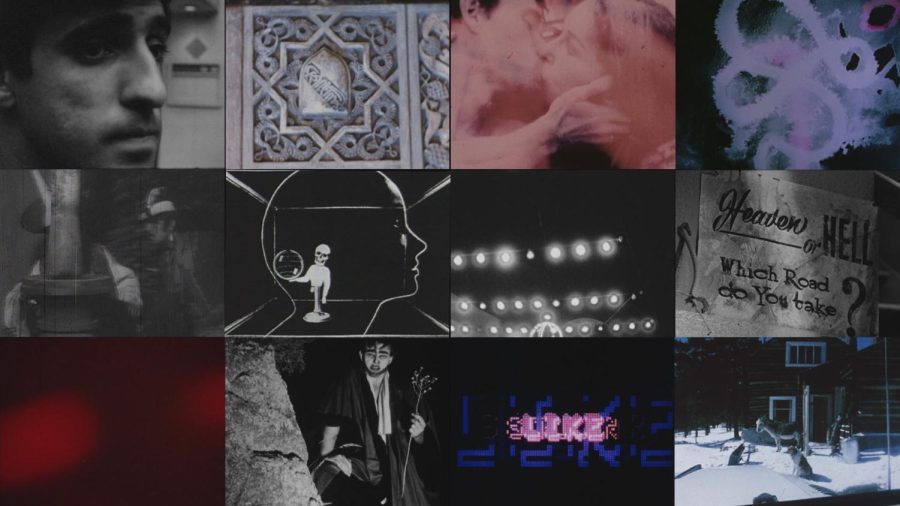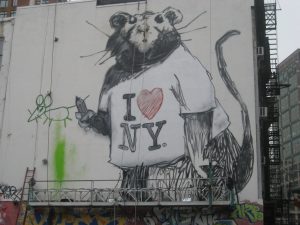‘The Velvet Underground’ Documentary is a Moving Tribute to a One-of-a-Kind Band
Director Todd Haynes reminds viewers of The Velvet Underground’s extensive legacy
COURTESY OF APPLE TV+
The Velvet Underground’s documentary reveals the inner life of the iconic New York City band.
November 1, 2021
The Velvet Underground has a legacy like few other bands. Though it’s been over 50 years since their debut album, the New York City art rock band remains one of the most popular and influential alternative music groups. Right now, they boast dedicated fans, young and old, and are a symbol for art and the avant-garde.
Todd Haynes’ October 2021 documentary about the band, simply titled “The Velvet Underground,” received an unusual amount of preemptive hype for a documentary. To promote the film, a compilation of covers of The Velvet Underground’s self-titled debut album was released in late September.
Titled “I’ll Be Your Mirror” after the haunting love song performed on the original album by Nico, the cover album featured many artists who are legends in their own right, such as Iggy Pop, as well as current big-name alternative musicians including St. Vincent and King Princess. This touching ode to the groundbreaking album was enough to get many, including myself, excited for Haynes’ documentary.
I was blown away by Haynes’ love letter to the avant-garde, New York City, Andy Warhol and the Velvet Underground.
Haynes has made a name for himself with unique films like “Carol” and “Poison,” so I had high hopes for this documentary. However, as a longtime Velvet Underground fan, I felt that the history and music of the band has been overly valorized in mainstream media. I was worried that the film would descend into pretentious analysis that often dominates the conversation about the group.
With these things on my mind, I went to see the film and was blown away by Haynes’ love letter to the avant-garde, New York City, Andy Warhol and the Velvet Underground.
The film opens with a clip from a 1960s talk show discussing avant-garde composer and future band member John Cale’s 18-hour piano performance in which he played the same piece over and over again. The hosts found this piece of experimental music strange and laughable — a sentiment that would be oft-repeated in the film.
The film makes it clear that The Velvet Underground was like nothing else. Haynes chose to highlight some of the darkest and most shocking lyrics by singer and guitarist Lou Reed, from songs like “Heroin” and “Venus in Furs.”
The emphasis on the uniqueness of the band is most apparent in the segment that covers the band’s time as Warhol “superstars,” the artist’s name for his subjects and collaborators. This is where the film is at its best — it uses recovered footage from the Factory — Warhol’s studio — and photos from the Exploding Plastic Inevitable — the Warhol multimedia performance featuring The Velvet Underground. This segment gives the audience a glimpse into the strange and star-studded 60’s art world that the band inhabited. The eccentric artists that surrounded Warhol make for a dynamic cast of characters in this part of the story.
Many of the surviving members of this circle are interviewed in the movie. Cale and Moe Tucker, the only two surviving original band members, share many heartfelt and hilarious anecdotes, along with input from various friends and relatives. Reed’s sister talks about their family and tearfully tells of her brother’s struggles with mental health and drug abuse. Fellow Warhol superstar Mary Woronov recounts her experience working with the band and gives a hilarious picture of the Exploding Plastic Inevitable tour across America.
Woronov and Tucker especially poke fun at the lofty and bohemian style of the band in those days, yet earnestly speak about the artistic genius of the music. Jonathan Richman of The Modern Lovers also speaks about how important the band was to him — he claimed to have seen them play around 60 times. We here friends and admirers give emotional testimonies of how The Velvet Underground touched their lives rather than the jaded and snobby music commentary that is often associated with art rock. This sincerity is what saves the documentary from snootiness.
The Velvet Underground represent the ongoing artistic spirit of New York City that those of us who live here can still see.
After Reed fires Warhol, the documentary falls somewhat flat. There is not as much material to work with, as the group was neither commercially successful nor running with Warhol’s crowd. After Cale leaves the band, the documentary is clearly coming to a close, even though the band plays without him for many years.
Without Warhol’s eccentricity or Cale’s experimentalism, the documentary loses its core message. It regains its footing at the end in its depiction of the band’s legacy, showing how The Velvet Underground paved the way for generations of pop, rock and alternative musicians in a fast-paced sequence of images set to frenetic guitar.
The movie left me feeling nostalgic and inspired. Though it has now been over 50 years since The Velvet Underground formed, their music and story feel unique, and they represent the ongoing artistic spirit of New York City that those of us who live here can still see. Haynes’ careful direction demonstrated the pioneering genius of the band but also kept a lightness that made the film incredibly fun to watch. It isn’t so much a flat-out history of The Velvet Underground as it is a demonstration of the love that people have for them.













